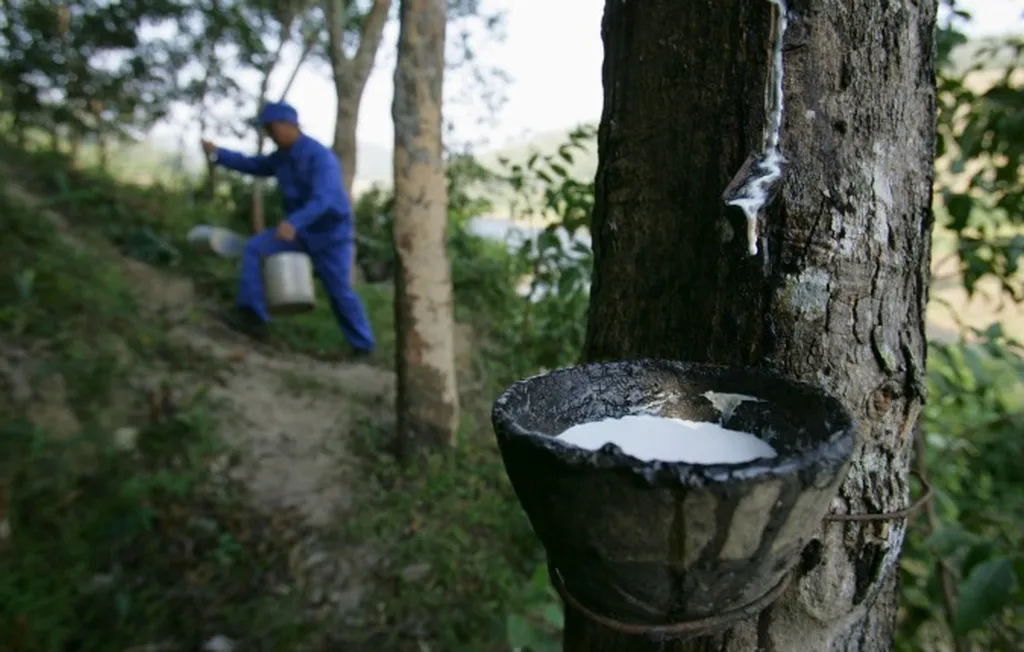In the heart of China’s rubber plantations, a groundbreaking study is reshaping our understanding of pesticide use and its environmental impact. Dr. Shanying Zhang, a leading researcher from the Sanya Nanfan Research Institute of Hainan University, has uncovered crucial insights into how rubber trees (Hevea brasiliensis) absorb and accumulate pesticides, offering a blueprint for more sustainable and effective pest management in the agricultural sector.
The study, published in the journal *Ecotoxicology and Environmental Safety* (translated as “生态毒理学与环境安全”), focuses on seven commonly used pesticides: imidacloprid, tricyclazole, carbendazim, pyrimethanil, triadimefon, prothioconazole, and pyraclostrobin. By examining the uptake and accumulation of these chemicals in rubber tree tissues under both hydroponic and soil conditions, Dr. Zhang and her team have revealed how the physicochemical properties of pesticides and soil conditions influence their behavior in plants.
One of the most significant findings is that pesticides with higher octanol-water partition coefficients and molecular weights tend to accumulate more in the roots, with limited translocation to the stems and leaves. “Pyraclostrobin, for instance, showed strong root retention due to its high hydrophobicity,” explains Dr. Zhang. “This means that the chemical is less likely to move through the plant, which can have implications for its effectiveness and environmental impact.”
The study also highlights the role of soil organic matter and cation exchange capacity in modulating pesticide bioavailability. Higher levels of these soil properties were found to negatively correlate with pesticide accumulation in roots, suggesting that they can help reduce the amount of pesticide that enters the plant.
Perhaps most importantly, the research establishes that soil pore water concentrations—not total soil loads—are the key predictors of root uptake. “This is a game-changer,” says Dr. Zhang. “It means that we need to focus on the dissolved fractions of pesticides when assessing their ecological relevance and potential environmental contamination.”
The implications of this research are far-reaching, particularly for the agricultural and energy sectors. By understanding how pesticides interact with soil and plants, farmers and agronomists can make more informed decisions about pesticide selection and application protocols. This can lead to more effective pest management, reduced environmental contamination, and ultimately, improved crop yields and quality.
Moreover, the findings could pave the way for the development of new, low-mobility pesticides that are designed to stay in the roots and minimize environmental impact. “This research provides a solid foundation for the precision selection of pesticides and optimized application protocols,” says Dr. Zhang. “It’s a step towards more sustainable and efficient agriculture.”
As the world grapples with the challenges of climate change, food security, and environmental degradation, studies like this one offer a glimmer of hope. By harnessing the power of science and technology, we can find innovative solutions to some of our most pressing problems and build a more sustainable future for all.
In the words of Dr. Zhang, “This is not just about rubber trees. It’s about creating a healthier, more resilient agricultural system that can support the needs of a growing global population while protecting our planet’s precious ecosystems.”

